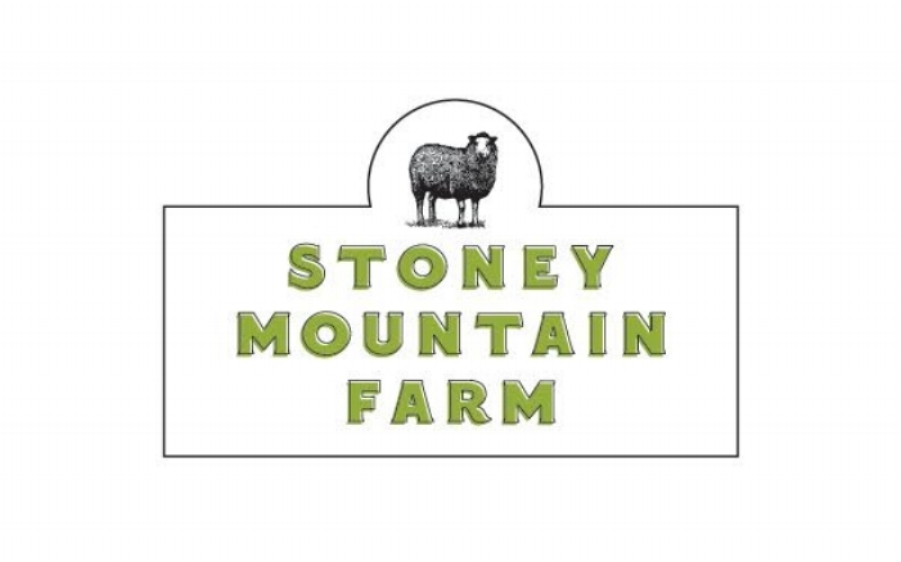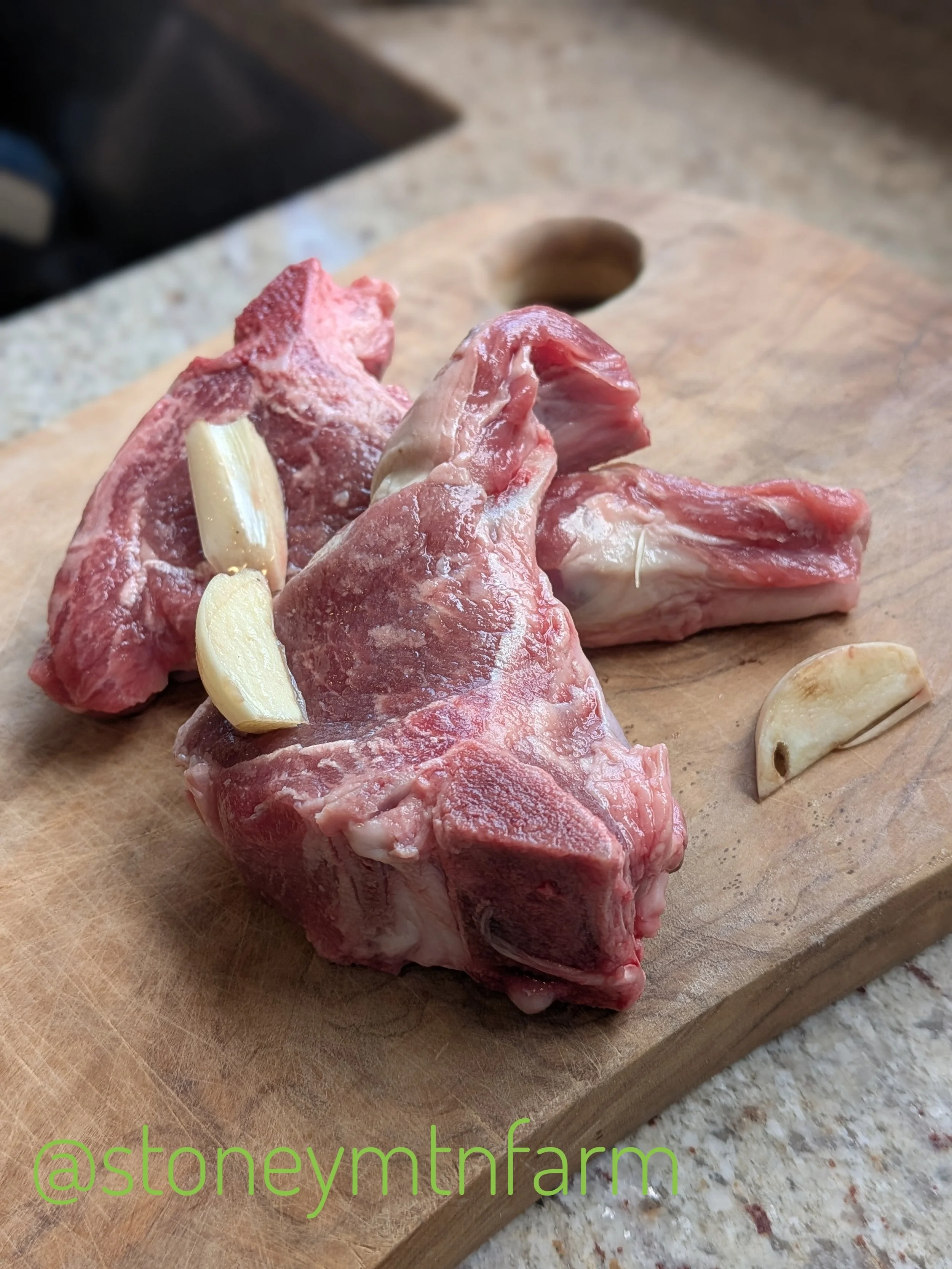Mutton: It's a Flavor, Not Just an Age!
Ask most people about mutton, and you'll likely hear something about an old, tough sheep. The common perception is that "mutton" simply refers to meat from an adult sheep, implying it's past its prime for tenderness and flavor. But what if I told you that this widely held belief is missing a crucial point?
What if I told you that mutton is as much a flavor profile as it is an age category?
For too long, we've relegated mutton to the culinary shadows, often dismissing it in favor of its younger, more popular counterpart, lamb. The truth is, while lamb typically comes from sheep under one year old, and mutton from older animals (generally two years or more), the real distinction lies in the rich, complex, and deeply savory taste that develops with age.
For years, I've planned to illustrate a simple argument: Older sheep, or mutton, can be just as delicious as lamb. And glory be, I finally did it! I decided to process some older sheep into cuts usually reserved for lamb, like loin chops. With the assistance of Audra, our Director of Details and newly declared “taste bud” we did a side by side tasting. After eating them, I had to wait until I stopped licking my fingers to write this blog post. The chops were just that good!
Pan seared in butter and garlic, finished with a little Dijon and fig
To test my theory, I cooked them in two ways: some I marinated, and some I cooked straight up to see if the meat needed any tenderizing. Folks, when I tell you this was one of the best "lamb" (mutton) chops I've ever eaten, I'm not exaggerating. The preparation was simple: I seared them in a heavy skillet for three minutes per side and then let them rest for five minutes.
The result? An incredibly flavorful and tender meal that proves you don't need a young animal for a fantastic chop. And our preparation proved the meat needed no prior prep to be tender and flavorful.
Side by side tasting of the marinated and un-marinated chops
The finished results
The Myth of "Old Sheep"
It's easy to understand why the "old sheep" narrative took hold. As an animal ages, its muscles mature, fat content changes, and the meat can become firmer. However, this natural progression also allows for the development of highly concentrated flavors that simply aren't present in younger meat. Think of it like a fine cheese or a well-aged wine – complexity and depth often improve with time.
The unique flavor of mutton isn't just about the age of the animal, but also its breed, diet, and how it's raised. Grass-fed, free-ranging sheep, even when older, can yield incredibly flavorful and surprisingly tender mutton when prepared correctly.
What Does Mutton Really Taste Like
If you've only ever experienced overcooked, poorly sourced "mutton," you're missing out. Properly prepared mutton boasts a deeper, more robust, and distinct flavor than lamb. It's less gamey than some might expect, with a rich, earthy undertone and a satisfyingly chewy texture. It’s a flavor that can stand up to bold spices and long, slow cooking methods. In our very simple preparation using butter, garlic, a little Dijon and …“in season” juicy ripe figs the flavor was truly off the charts and needed no strong spices or long cooking. Sheep breeds are different for sure and will impart different results. And, one thing I always find, it’s most often when the lamb or mutton is overcooked that the flavors aren’t as well received.
Why Embrace Mutton?
Beyond its incredible flavor, embracing mutton offers several benefits:
Sustainability: Utilizing older animals in the food chain is a more sustainable practice, reducing waste and supporting a fuller lifecycle for livestock. When an animal spends more time with us we and the animal are always enriched.
Culinary Versatility: Mutton shines in slow-cooked dishes like curries, stews, tagines, and hearty roasts but, as our test proves , can also offer cuts we’d normally reserve for younger, “more tender” cuts. Its robust flavor means it won't get lost among strong spices and aromatics. It's the secret ingredient in many traditional dishes from around the world. Sure, some breeds can be gamey as they get older it’s not the rule and in our preparation we tasted nothing gamey.
Economic Sense: Often, mutton can be a more economical choice than prime cuts of lamb, offering exceptional value for its flavor.
Dispelling the Age-Old Misconception
It's time to reframe our understanding of mutton. Let's stop thinking of it solely as "old lamb" and start appreciating it for the distinct, flavorful meat it truly is. Seek out reputable butchers, ask about the provenance of their sheep, and be open to trying a cut of mutton. You might just discover a new favorite.
Have you had a transformative mutton experience? Or are you curious to try it? Share your thoughts in the comments below!





